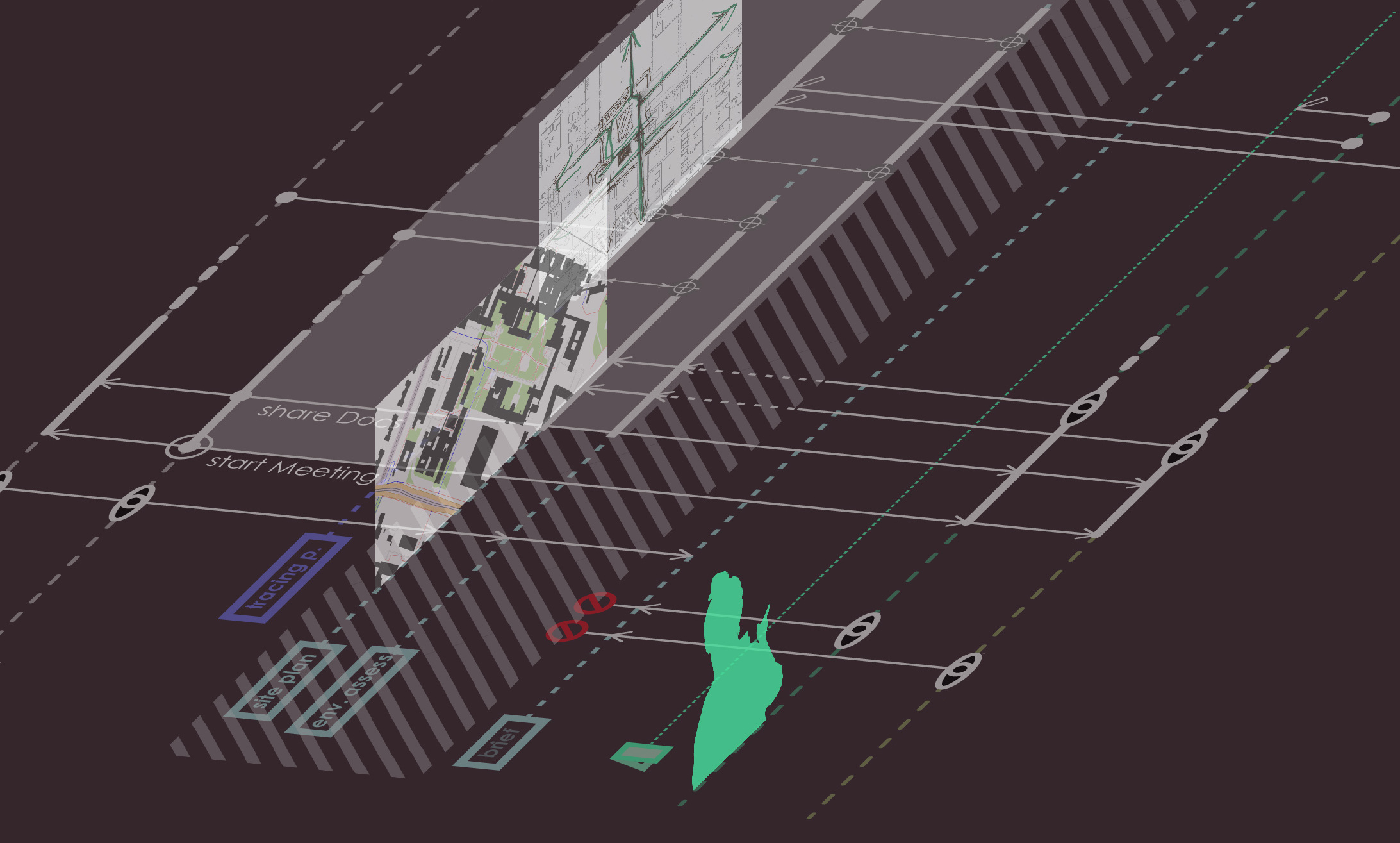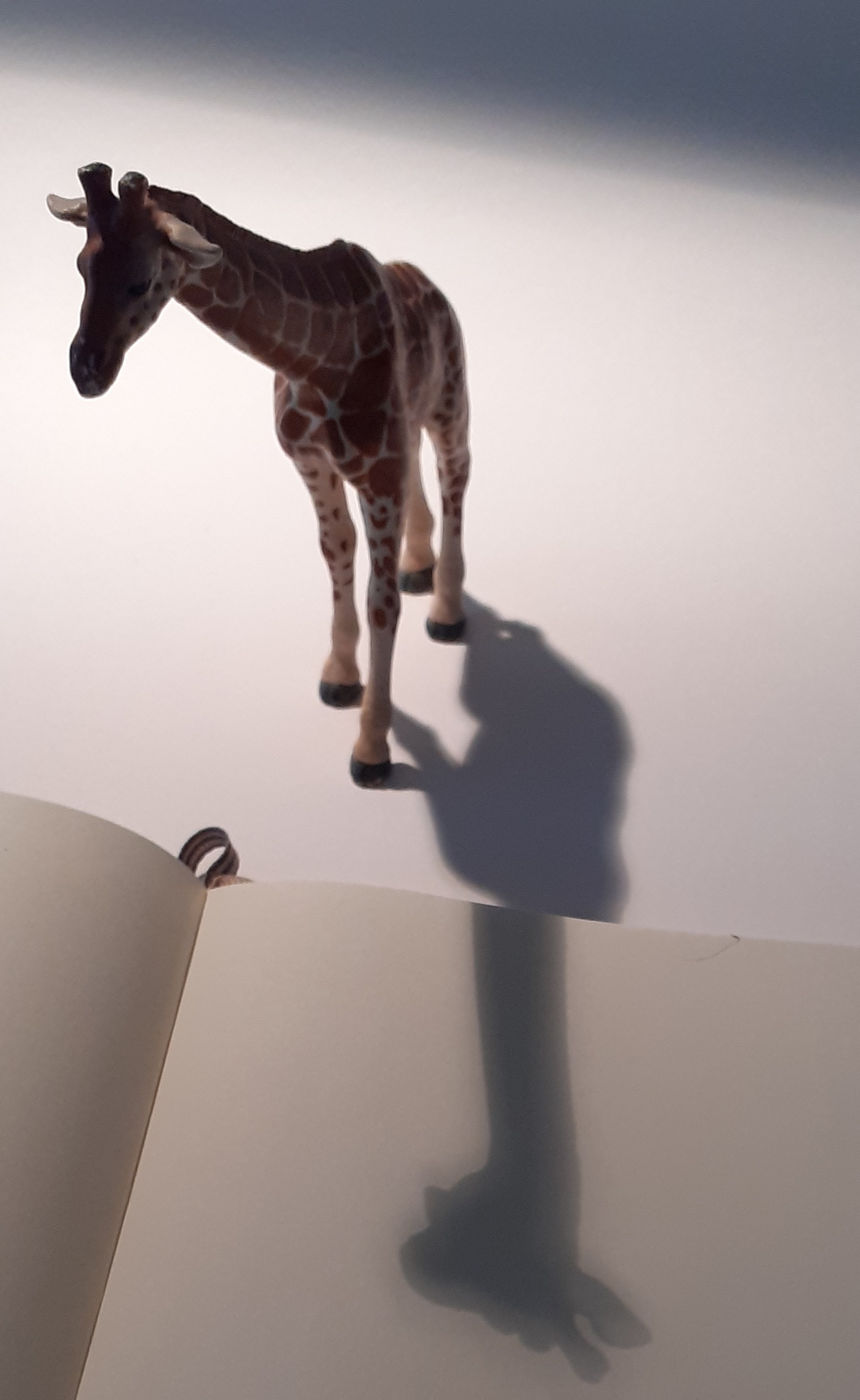Process Transformation
Scenario: As a manufacturer of furniture your company offers an unsurpassed freedom for customising shelves based on individual free-form designs. On the downside, this makes it difficult to process an offer, which is why you want to streamline the process.
Analysis: A major bottleneck of the current process is that the sales department needs to consult with both the production and shipping departments for each individual offer, before it can be sent to the customer.
Team Communication: In a joint workshop we take a close look at the interaction between the departments. Visualising the key information flows into a process blueprint provides a unified view onto the decision-making in each department.
Transformation: Based on the blueprint, we develop a visual guideline that allows the sales department to estimate the production and packing efforts on its own. Most offers can now be processed without involving the other departments, which reduces the overall effort considerably. Furthermore, having a compact visualisation of the production and packaging processes at hand enables sales staff to communicate with clients more accurately.
Process Analysis
Scenario: As one of the senior partners in an architectural design office, you consider switching from paper-based to digital sketching tools.
Your main motivation is to integrate early sketching work into the CAD workflow. Meanwhile you wonder which tool to choose and how this will have an influence on the quality of the design work itself.
Documentation: In a couple of interviews and observation sessions we study how you and your team are using tools and graphical media for the conceptual design work. The sketching practice wants to be understood in its nuances before migrating to a new tool set.
Visualisation & Analysis: In a diagram we visualise the sketching and drawing activities in your design work along with the use of various tools and design media. The analysis reveals which tools should be combined to best accommodate the work practices of your team.
Development: Based on the previous analysis, we develop a mixed workflow that allows designers to freely combine digital and paper-based sketching tools.
Project Formation
Scenario: As the head of a material research group at a technical university you are planning a project in collaboration with a number of academic and industrial partners.
Together with your project partners you have a productive discussion on possible applications for a recently developed material. Other ideas remain quite vague at this point. How will specimen, study results, and experimental data be exchanged between industrial and academic partners? How will the teams interact in detail to share instruments and server infrastructure?
Analysis: Setting out from the professional backgrounds of all stakeholders we outline the key ideas of the project.
Team Communication: In an interactive workshop we develop a process blueprint. Jointly creating such a visualisation instrument helps all partners to unite their conceptual understanding.
Process Visualisation: The blueprint not only represents the overall vision and project structure. Moreover, it will grow and evolve with the project, in turn making the process and the current progress visible to all partners and teams.

Approach
Graphognise creates environments for people to jointly create sense. Choosing and combining graphical media, tools and equipment in the right way is at the core – whether for visualising, transforming and documenting existing processes or for the development of new projects and workflows. Our philosophy is to support clients in finding the configuration that best reflects their needs and requirements.
In multi-disciplinary team communication, graphical media and work materials serve as a perspective interchange. Put another way, they sit between different professional perspectives and allow people to align their views effectively.
Throughout an entire project lifecycle, a process blueprint carries the overall vision alongside the key conceptual elements. The blueprint will grow and evolve as the project unfolds over time; to visualise to all partners the overall status and to provide guidance for the upcoming work processes.

Helge M Brösamle
After receiving his PhD for the study of sketching processes in architectural design, Helge worked on projects that allowed him to combine his technical and scientific backgrounds with the application of graphical techniques. His experience covers a spectrum ranging from software development for a biotech laboratory to multi-disciplinary collaborations with architects and urban designers, both at academic and industrial levels.
“It was Computer Science that first seduced me with its precisely orchestrated, technical aesthetic. Cognitive Science then kicked-off a journey from man-made machineries to human thought itself. Finally, Historical Anthropology invited me to extend this journey beyond the functional and technical realms.”
“Conducting field studies on architectural design for my doctoral thesis led me to conclude that making sense is a fragile endeavour, especially when talking to people with a different professional background. Analysing the sketching practice of architectural designers opened my eyes for the nuances of hand gestures in human communication, and in interaction with graphical tools. Video and exhibition projects further sharpened my senses for the mindful application of graphical media in both analysis and concept work.”
Get in touch
graphognise Prozessberatung
Helge Martin Brösamle
Mozartstr. 5
79104 Freiburg
Germany

